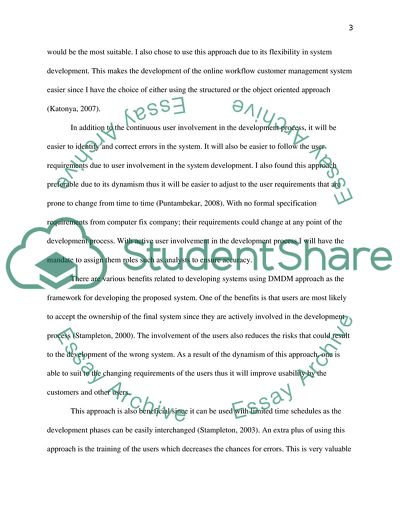Cite this document
(Dynamic System Development Method Term Paper Example | Topics and Well Written Essays - 1250 words - 1, n.d.)
Dynamic System Development Method Term Paper Example | Topics and Well Written Essays - 1250 words - 1. https://studentshare.org/information-technology/1807142-methodology
Dynamic System Development Method Term Paper Example | Topics and Well Written Essays - 1250 words - 1. https://studentshare.org/information-technology/1807142-methodology
(Dynamic System Development Method Term Paper Example | Topics and Well Written Essays - 1250 Words - 1)
Dynamic System Development Method Term Paper Example | Topics and Well Written Essays - 1250 Words - 1. https://studentshare.org/information-technology/1807142-methodology.
Dynamic System Development Method Term Paper Example | Topics and Well Written Essays - 1250 Words - 1. https://studentshare.org/information-technology/1807142-methodology.
“Dynamic System Development Method Term Paper Example | Topics and Well Written Essays - 1250 Words - 1”. https://studentshare.org/information-technology/1807142-methodology.


